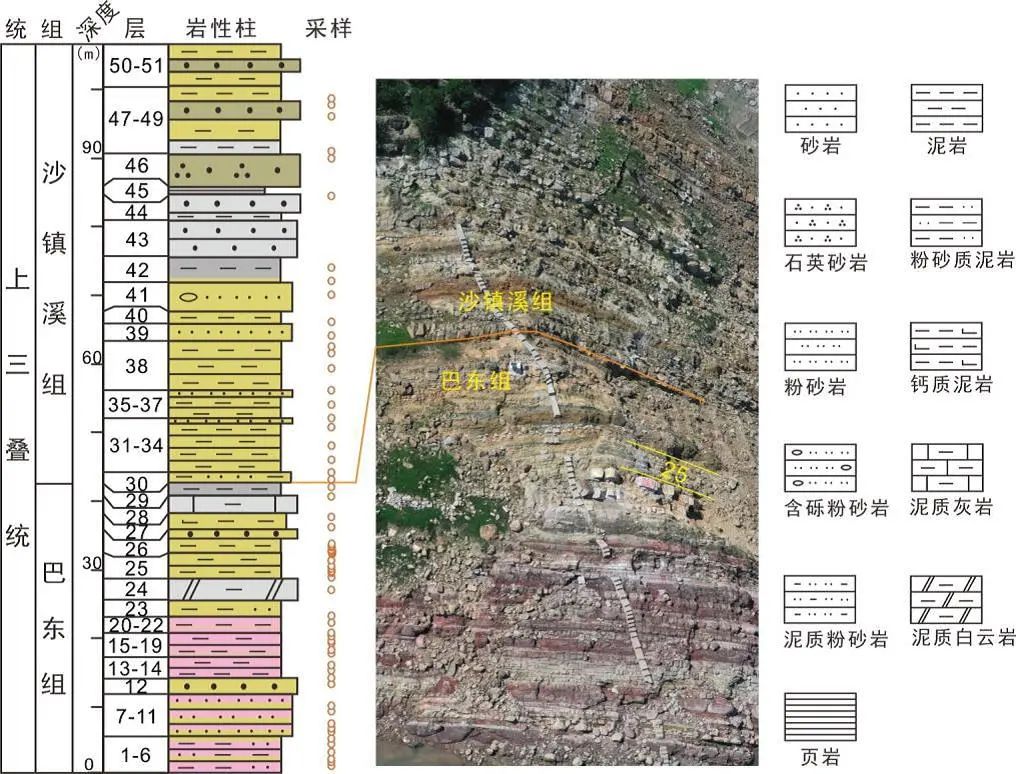Can pebbles be thrown on the orbit around the asteroid, can they keep the form without rupture?
Author:Science fiction Time:2022.08.15
Sci -fi Network August 15 (Wang Xiuxia) In 2019, scientists recorded something they had never seen before. A small asteroid named Bennu seems to be popping out of the pebble group. On August 12, 2022, a study published on the astronomical journal Nature Astronomy may explain the cause to some extent.

(Picture source: UNSPLASH)
These pebbles are observed in NASA executing spectral interpretation, resource recognition and other tasks. Scientists believe that they are Aguas Zarcas meteorites, that is, a space rock landing in Costa Rica in 2019.
Philip Heck at the University of Chicago and his graduate student Xin Yang noticed that Aguas Zakas meteorite did not break after liquid nitrogen frozen and warm water, but was closely integrated.
This phenomenon was very strange, and the two decided to find out the reason. Through CT scanning, they found that the pebbles in the rock were spherical and arranged neatly. It may be because when they are part of asteroids before, some process deforms them. But no matter what this process is, it will not affect other parts of the rock.
The conclusion that the researchers concluded that the high -speed collision deformed the rocks. Because the surface temperature difference between the asteroid rotated can reach hundreds of Baidu, the rock rupture. Then, due to another impact or thermal stress, the produced pebbles were thrown on the orbit around the asteroid.
The energy generated by the asteroid is enough to allow pebbles to leave the surface, but their orbit will degenerate, and the rocks will fall back to cover the surface. But this is not enough. There should be another impact that will turn the pebble that forms Aguas Zakas into a solid sticky rock, making it not broken.
Yang Xin believes that this provides a new method for explaining the method of mixing asteroid surface minerals. Heck also pointed out: "We expect that this will also occur in other meteorites. People just have not went to find it."
- END -
[Scientific Research Progress] New evidence of the Western Dieni Period Wet Incident in Western Hubei, South China

Carnian Pluval Episode (CPE) (CPE) is a global climate change and deposition incid...
Global website access ranking MAY 2022

Data source, Similarweb, a very professional website data statistics and analysis ...